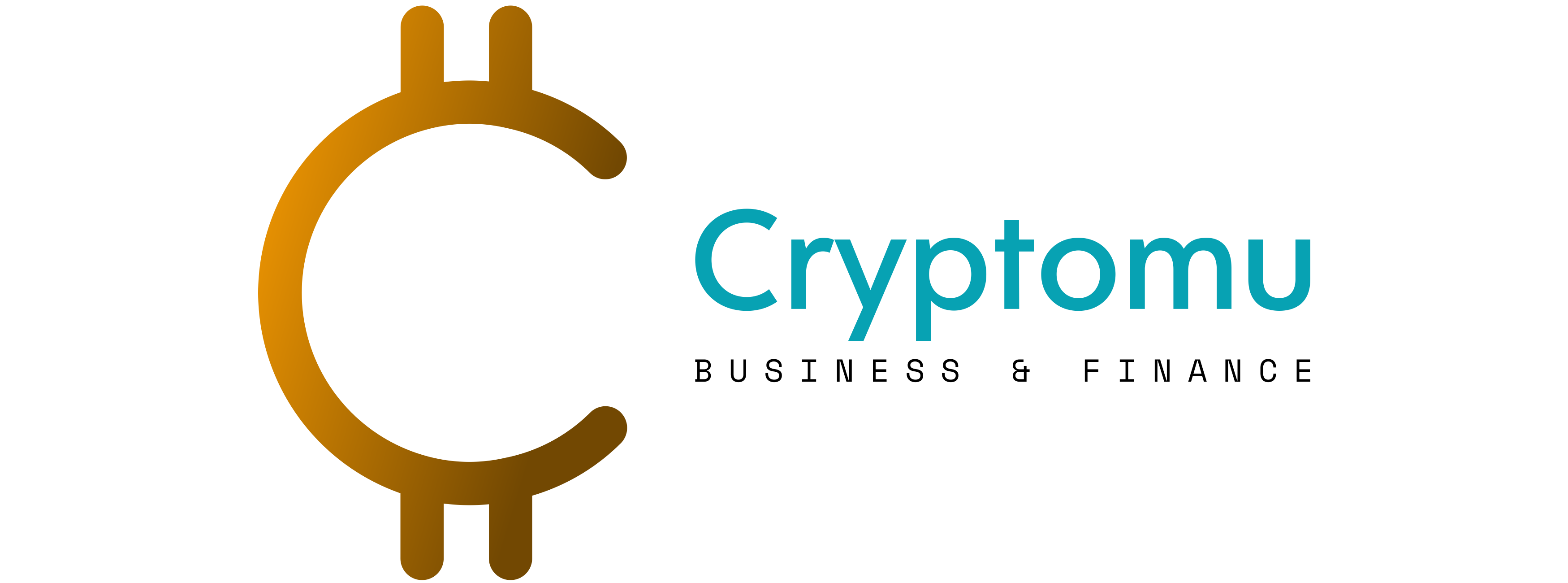1. Which countries are most at risk?
Dollar-denominated bonds of 21 countries tracked by Bloomberg Economics, the most on record, were trading at yields at least 10 percentage points more than US Treasuries as of mid-July — a sign of distress. El Salvador, Ghana, Egypt, Tunisia and Pakistan were among those seen as the most vulnerable. Others on the list include Argentina, Ukraine, Kenya and Ecuador. Those under the most stress tend to be smaller countries with a shorter track record in international capital markets. Sri Lanka, which was wracked by months of protests over soaring inflation, became the first nation to default on its sovereign debt in 2022 when it stopped paying foreign bondholders in May. The following month, Russia reneged on its repayment commitments after getting caught up in a web of sanctions imposed in response to its invasion of Ukraine, and its close ally Belarus followed suit in July.
2. Who has tried to help?
Led by the US, richer nations made an effort during the height of the pandemic to create trillions of dollars in new money through bond-buying programs and funnel a small portion of that to poorer countries through multilateral institutions. The Group of 20 major economies waived payments three times on official government-to-government borrowing for the world’s poorest nations, while the International Monetary Fund approved emergency financing for more than 80 countries. It offered the biggest resource injection in IMF history — $650 billion in so-called special drawing rights, reserve assets that work like an overdraft and come with no conditions, unlike most of the fund’s other programs. While the funding packages did provide temporary reprieve, the recipients have been left with hefty bills that will need to be repaid even though their economies are still struggling.
3. Are we heading for a debt blowout?
Governments trying to pull their finances out of a deep hole have to maintain a delicate balance. They can be faced with the choice of either supporting their struggling populations or paying their creditors. While failure to meet their obligations can close off access to capital markets and make a comeback even harder, the risk of unrest looms large over countries that seek to curb spending or cut fuel subsidies — as evidenced by the outbreak of protests from Panama to Mozambique. Rising US interest-rates have made their challenge even greater, boosting the dollar, weakening their currencies and raising the cost of servicing dollar-denominated debt. The cost to insure emerging-market debt against non-payment surged in mid-July to the highest since the pandemic struck in 2020, and World Bank Chief Economist Carmen Reinhart has warned that “debt risks and debt crises are not hypothetical.”
4. What are the chances of more debt relief?
Relatively slim. As of late July, the IMF was considering a range of options, including further SDR allocations as governments that took on extra debt in the past two years grapple with rising borrowing costs, but it hasn’t spelled out details. The United Nations has also called for the revival of a debt-relief program specifically for poor nations in Africa. World Bank President David Malpass warned in July that debt-reduction efforts have stalled for some years, and there was there was no process in place to address the issue. He’d previously estimated that the world’s poorest nations will need to pay about $35 billion to official bilateral and private-sector lenders this year, “way beyond” what they can afford.
Forging debt relief agreements will increasingly hinge on China, which the World Bank said accounts for nearly 40% of the bilateral and private-creditor debt that the world’s poorest countries need to service this year. In May, China agreed to co-chair a creditors committee that’s looking at restructuring Zambia’s foreign debt following a 2020 default. The southern African nation’s external public liabilities topped $17.3 billion, with about one-third of the total owed to Chinese lenders. The outcome of those ongoing negotiations should give an indication of how the Asian nation will handle its other distressed creditors.
More stories like this are available on bloomberg.com
